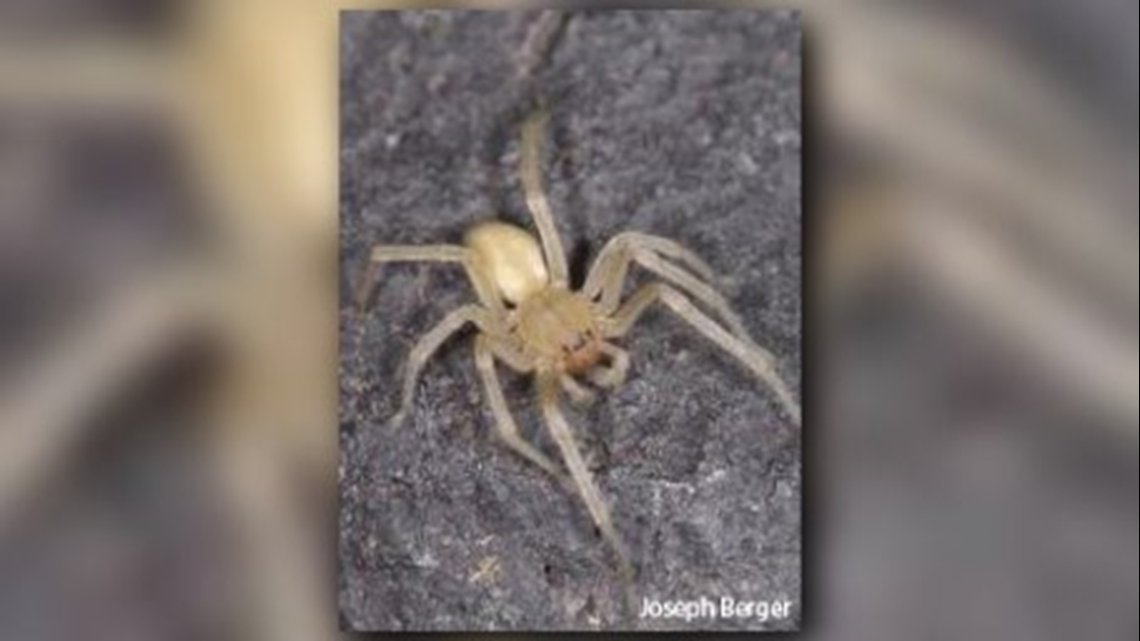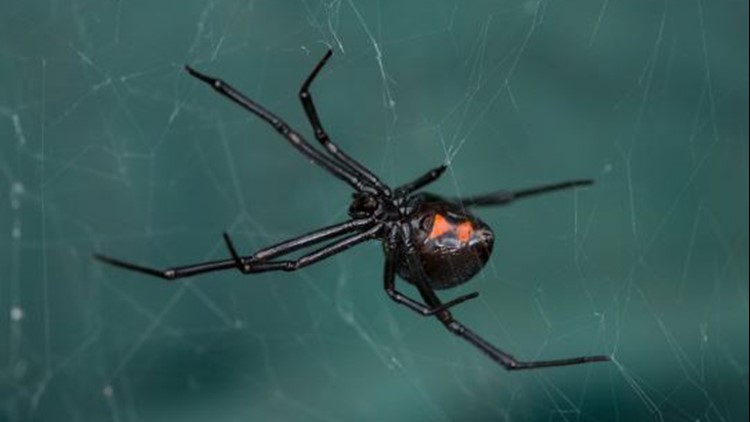It's that time of year when the creepy crawlers who live among us come out from the shadows. We’re talking about spider season.
There are dozens of different species of spiders that live in Washington, but how many of them are venomous?
Nearly all spiders are venomous to some extent, according to the Washington Department of Health. But very few species are harmful to people. However, there are two types of venomous spiders in the state you should watch out for: the black widow, and the yellow sac spider.
Black widow spiders are more common in Eastern Washington, but the Department of Health says a few small populations exist in Western Washington. Female black widows are usually black, about half-inch long, with a red or yellow-orange marking on the underside of their abdomen in the shape of an hourglass. The marking on their abdomen can also resemble two marks or a single dot.
The Department of Health says females have dangerous venom and will try to escape, but may bite if they are guarding eggs.
The species create “messy-looking webs” and can be found around woodpiles, bales of hay, and other dark, undisturbed areas. Indoors, they can be found in basements, garages, and crawl spaces.
The other venomous spider in Washington, the yellow sac spider, are found in Eastern Washington and the Seattle area.
Yellow sac spiders are between a quarter to a half inch long and can be yellow, white, or green. Their legs and body are darker than the abdomen.
These spiders can be found in gardens or woodpiles during warmer weather. These quick-moving spiders are excellent climbers and can make their way inside in the fall when the weather cools off. They are often found on walls and ceilings.
Instead of webs, the Department of Health says these spiders build small silk sacs that they hide in during the day.





